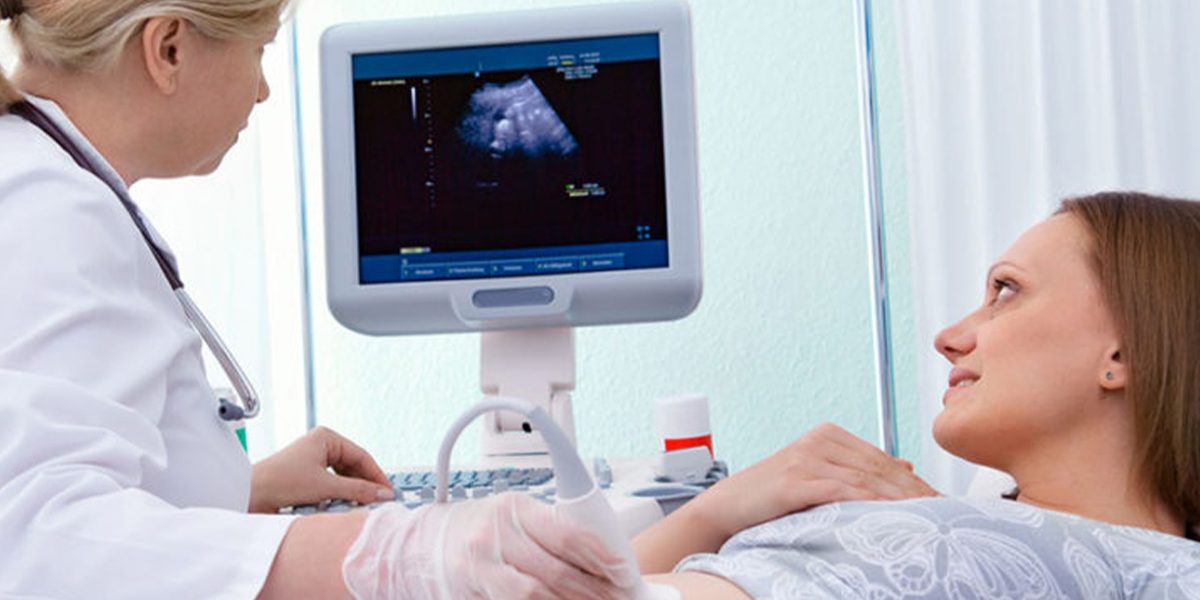The journey of parenthood sometimes involves various fertility challenges. Hence, one crucial aspect of reproductive medicine is the follicular study procedures, also known as ovarian monitoring. In the previous blog, we explained the various reasons why a follicular study is taken, and in this blog, we will walk you through the step-by-step process of how a follicular study is conducted.
Indeed, follicular studies are crucial for accurately timing ovulation, assessing fertility issues, optimizing ART timing, monitoring ovarian disorders, and regulating menstrual irregularities.
Follicular Study Procedures
Initial Assessment
The follicular study begins with a thorough assessment of the patient’s medical history, menstrual cycle regularity(menstrual problems), and fertility concerns. Additionally, a baseline ultrasound is then performed before the menstrual cycle starts to evaluate the condition of the ovaries and uterus, providing a baseline for comparison throughout the study.
Menstrual Cycle Tracking
Generally, follicular study procedures are synchronized with the menstrual cycle, initiating monitoring on the second or third day. Subsequently, regular ultrasound scans and blood tests follow at specific intervals throughout the cycle, offering a detailed picture of ovarian development and hormonal changes.
Ultrasound Scans
Ultrasound scans are crucial in assessing ovarian follicles, providing vital information about their size and development. In Additional, for better visualization, transvaginal ultrasound is commonly used. This method ensures a clearer view of the ovaries, facilitating a thorough evaluation of follicular growth.
Blood Tests
In the follicular study, the assessment of hormonal changes associated with follicular development involves measuring levels of luteinizing hormone (LH) and E2 (Oestradiol). This regular monitoring of key hormones provides valuable insights into ovarian follicle maturation. Consequently, healthcare professionals can precisely time interventions and gain a comprehensive understanding of the patient’s reproductive health.
Monitoring Follicle Growth
The core of the follicular study procedures is monitoring ovarian follicle growth, pinpointing the dominant follicle for ovulation. Through scans and blood tests every 2-3 days, healthcare professionals track follicle size and hormonal changes, ensuring precise timing for interventions in natural conception or assisted reproductive techniques.
Triggering Ovulation
Furthermore, healthcare professionals administer human chorionic gonadotropin (HCG) to trigger ovulation once the dominant follicle reaches 18-20 mm. And, this step is crucial for both natural conception and planned assisted reproductive techniques, ensuring optimal timing for successful reproductive outcomes.
Timing Intercourse or Medical Procedures
Later, using follicular study information, healthcare professionals advise on optimal timing for natural conception. Further, for assisted reproductive techniques like IUI or IVF, precision in timing is crucial for success.
Significance of Antral Follicle Count Test
Further, the AFC test(what is AFC test) is a valuable tool for assessing age-related fertility, identifying primary ovarian insufficiency, diagnosing PCOS, and evaluating ovarian reserve. It plays a multifaceted role in reproductive medicine, providing insights crucial for informed decision-making.
To Conclude
The meticulous and personalized nature of follicular study procedures empower individuals with knowledge about their reproductive health. From understanding ovarian volume and patterns to evaluating follicular maturity and utilizing tools like the AFC test, these assessments offer valuable insights for individuals and couples navigating fertility challenges.








